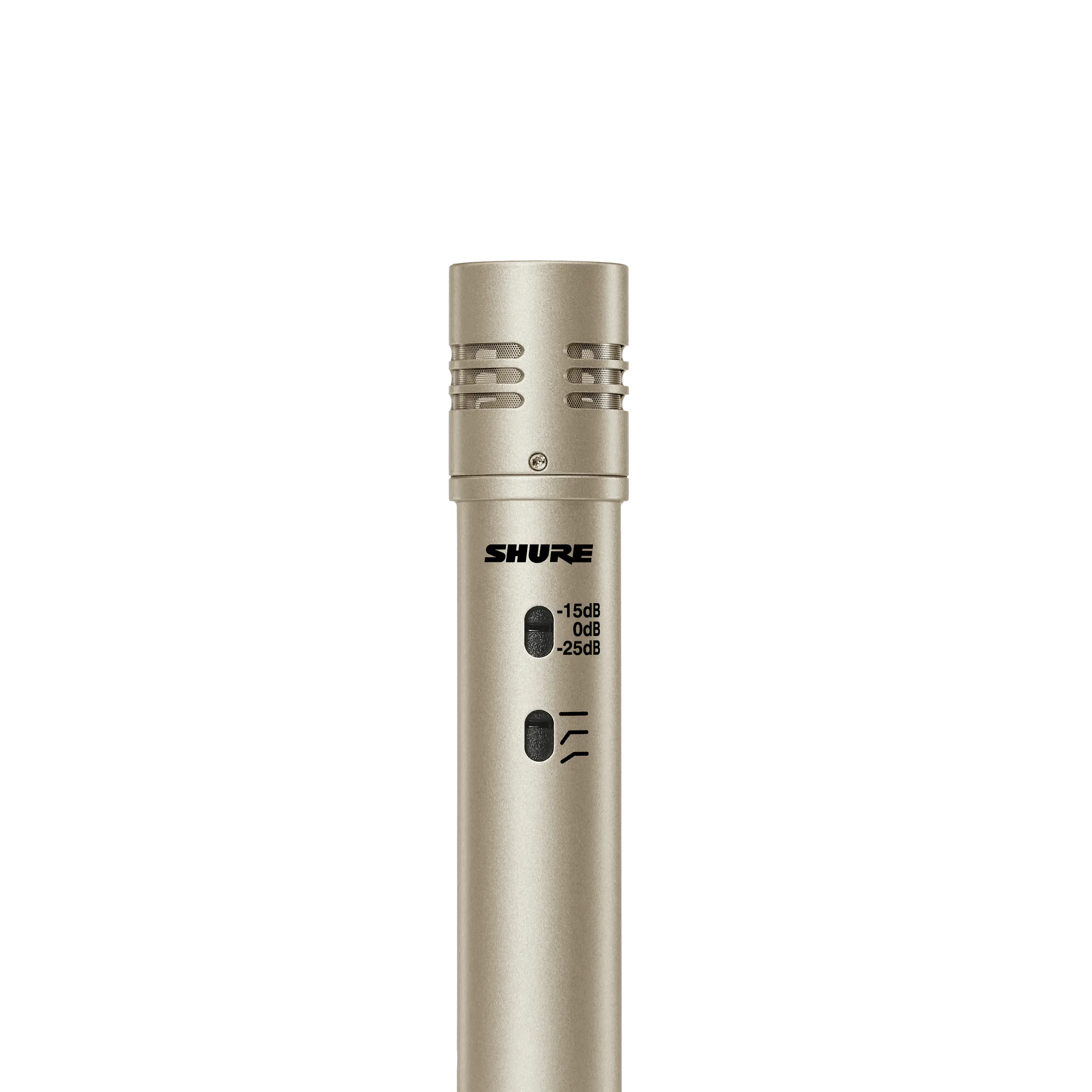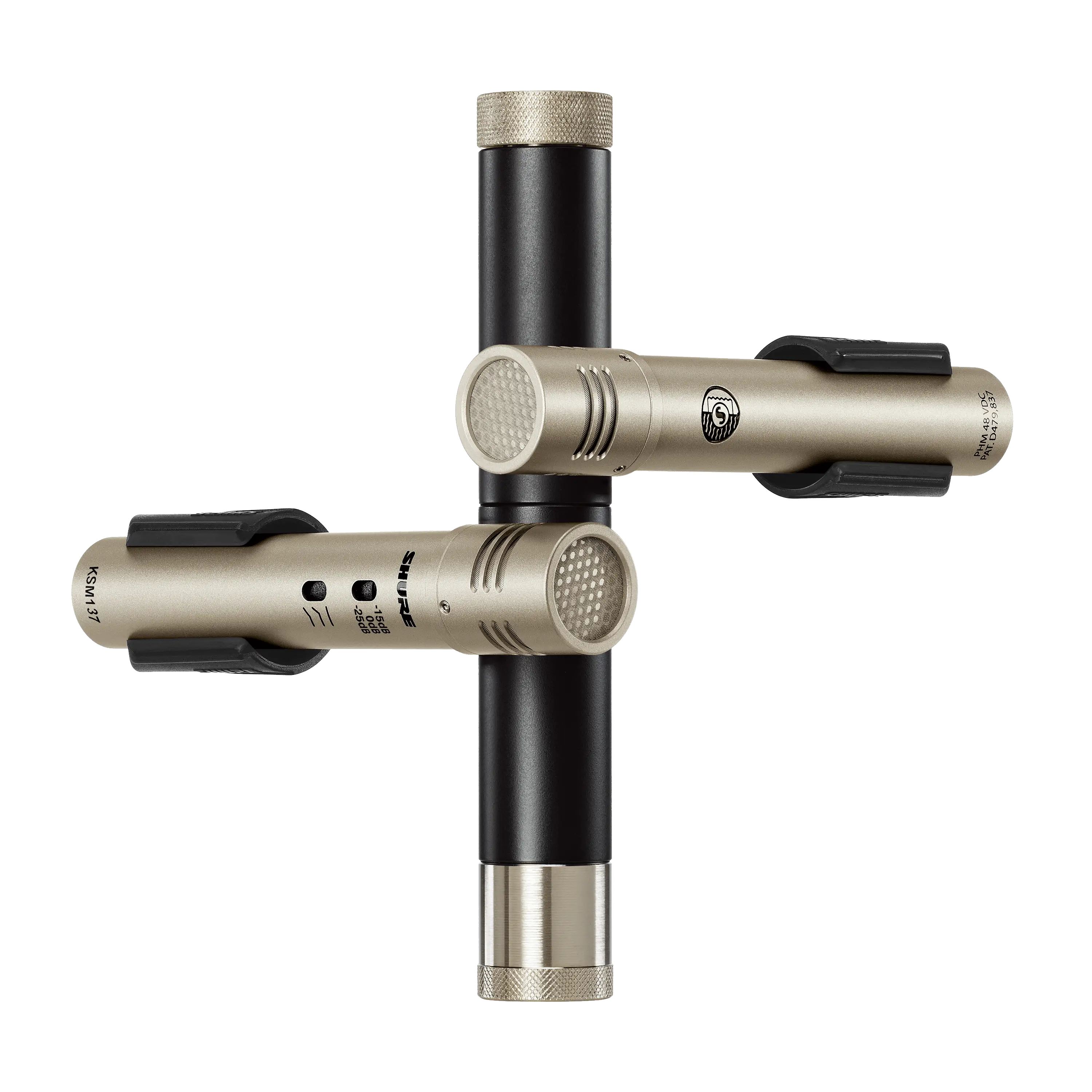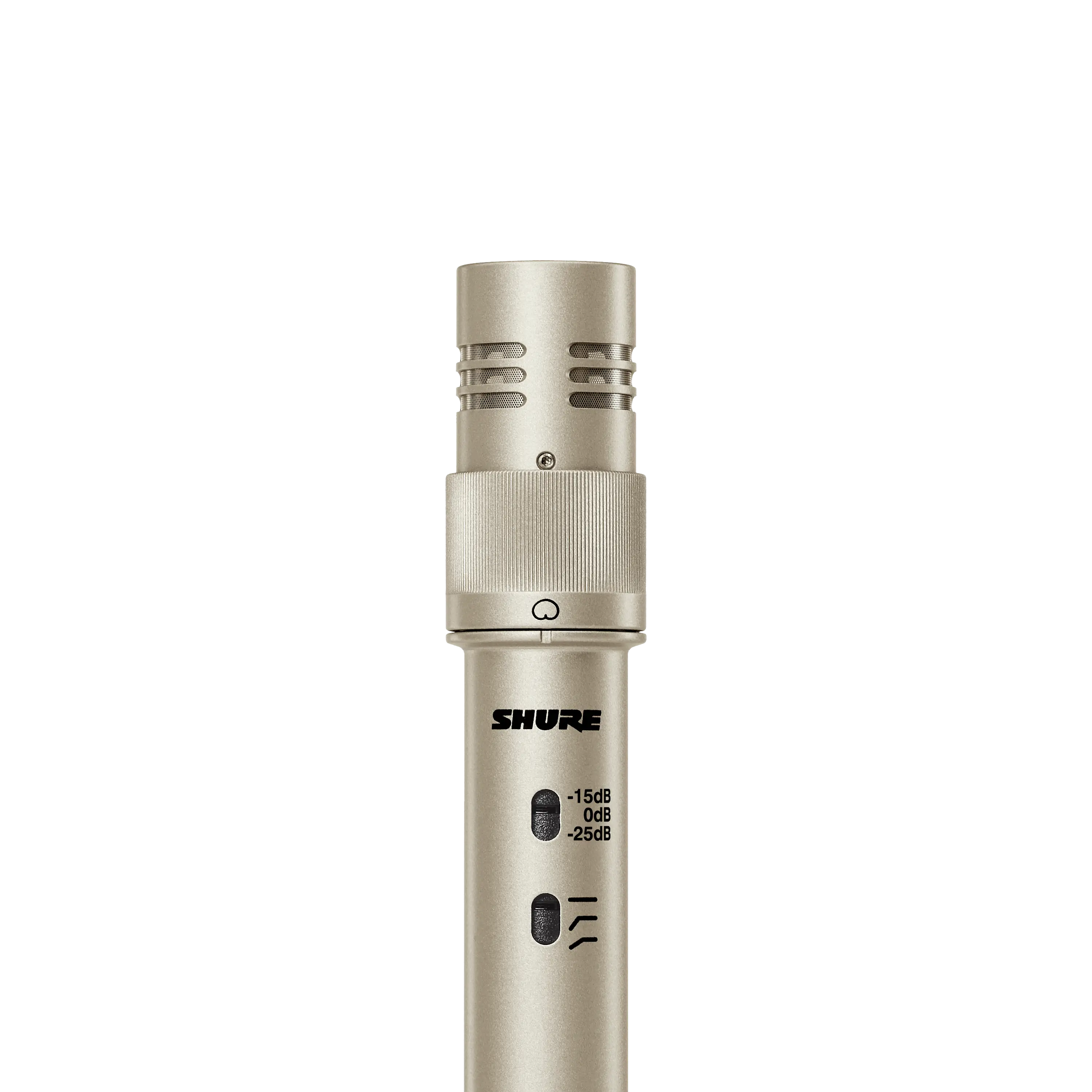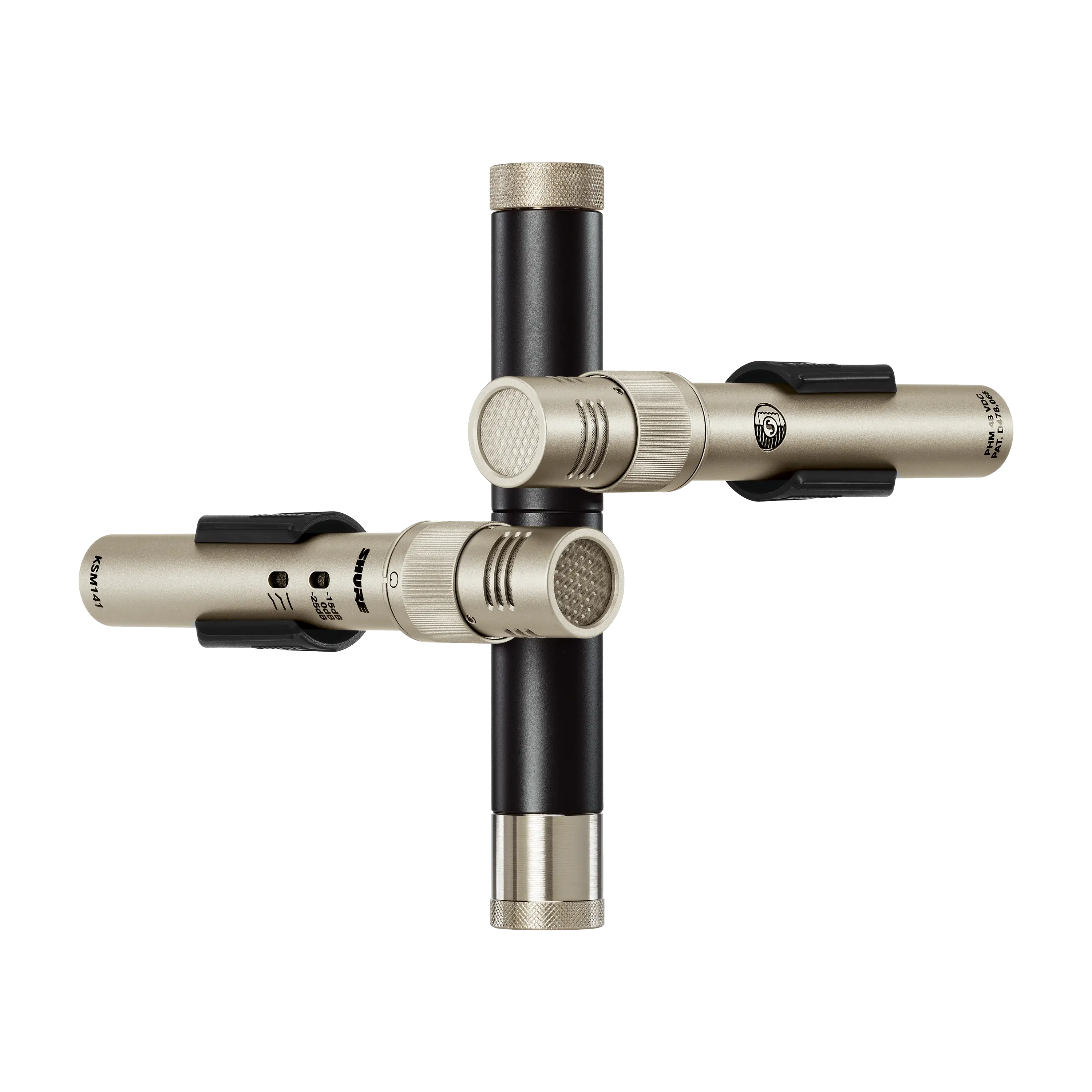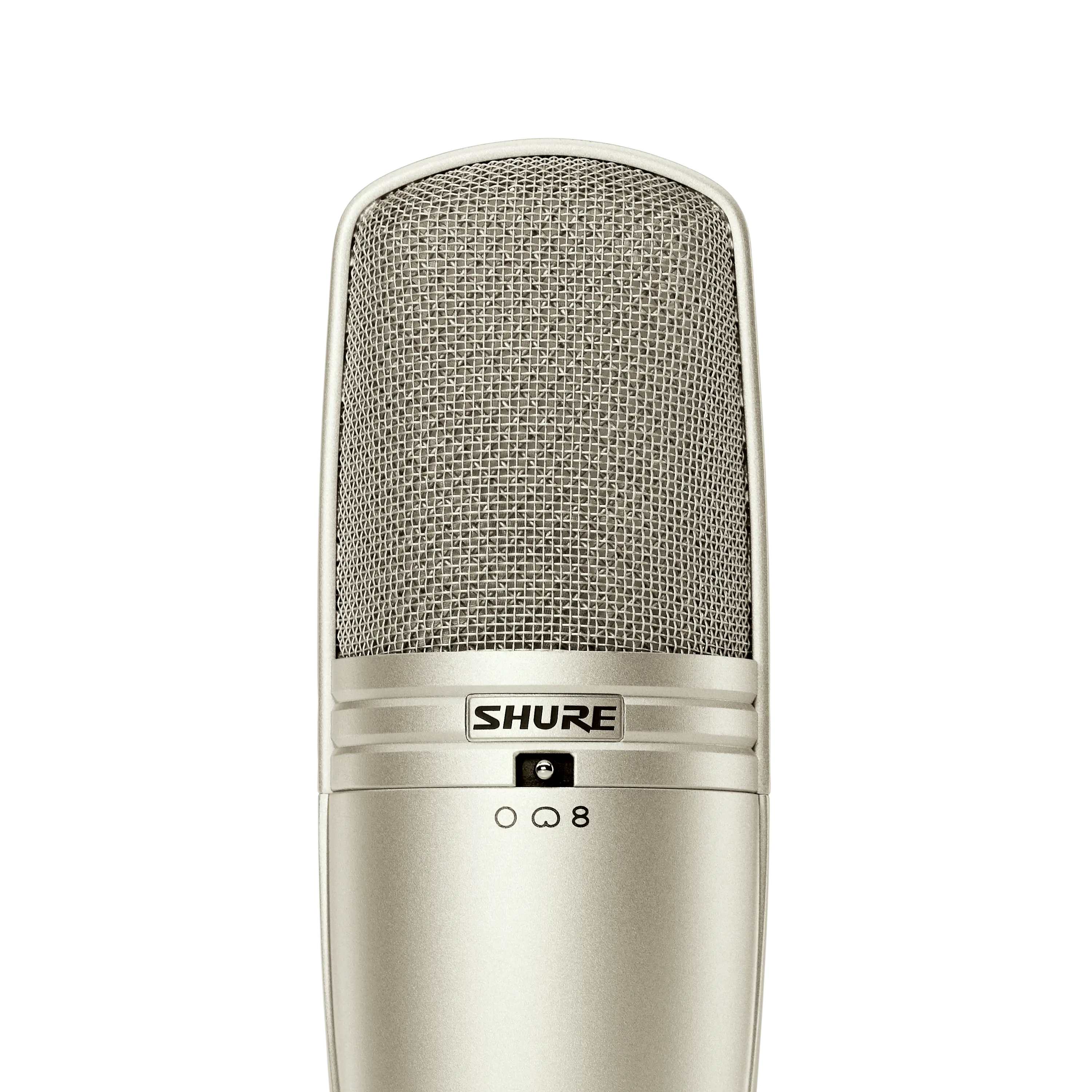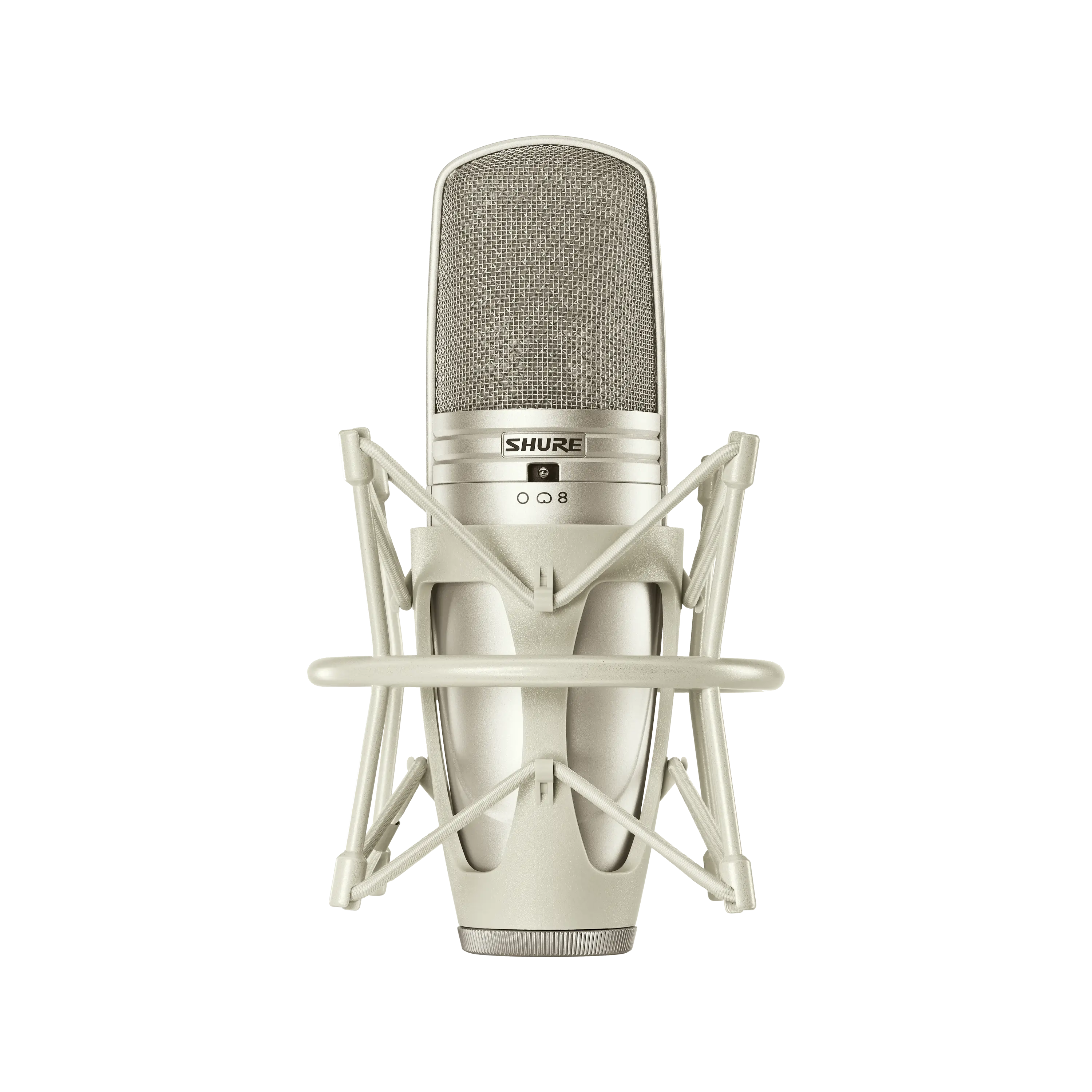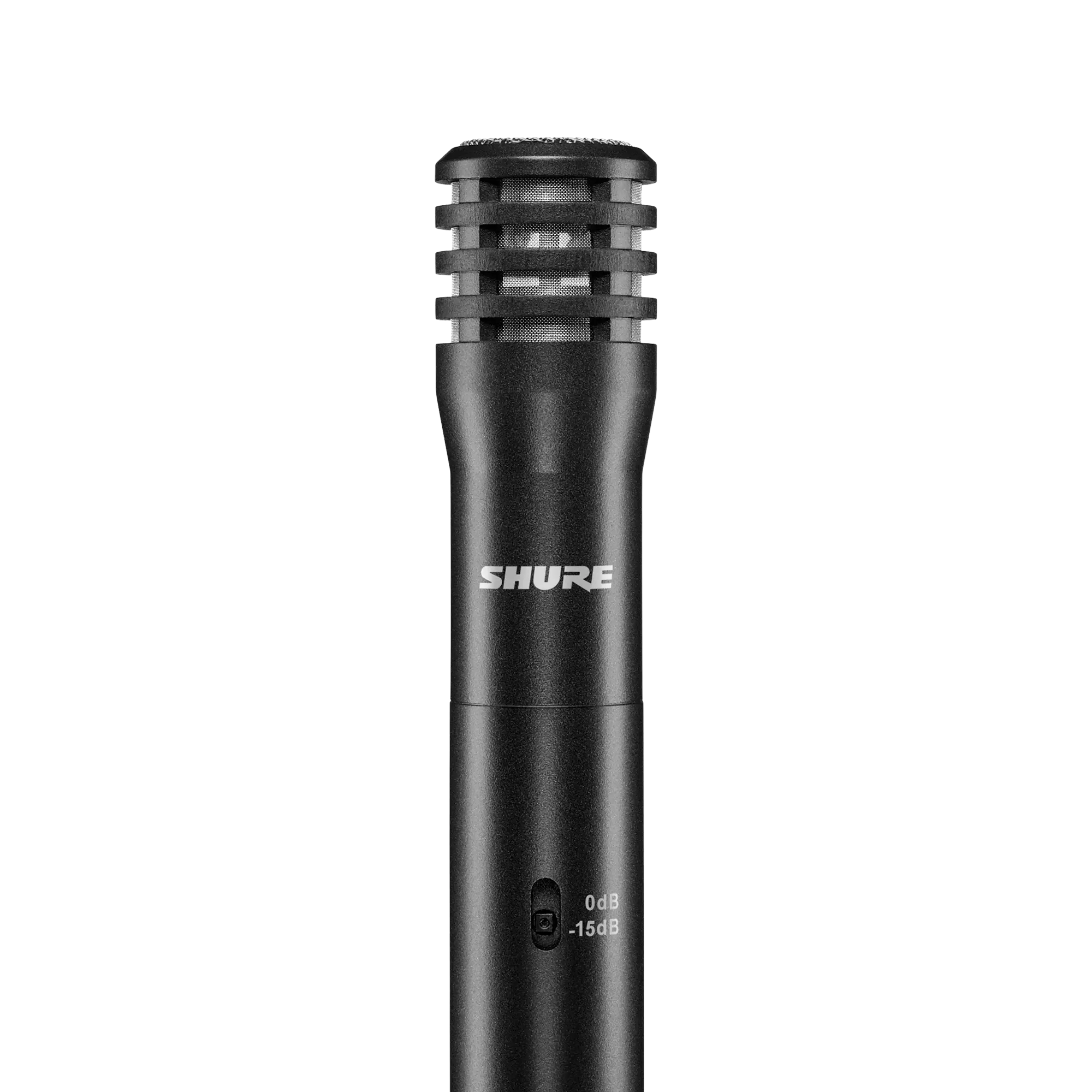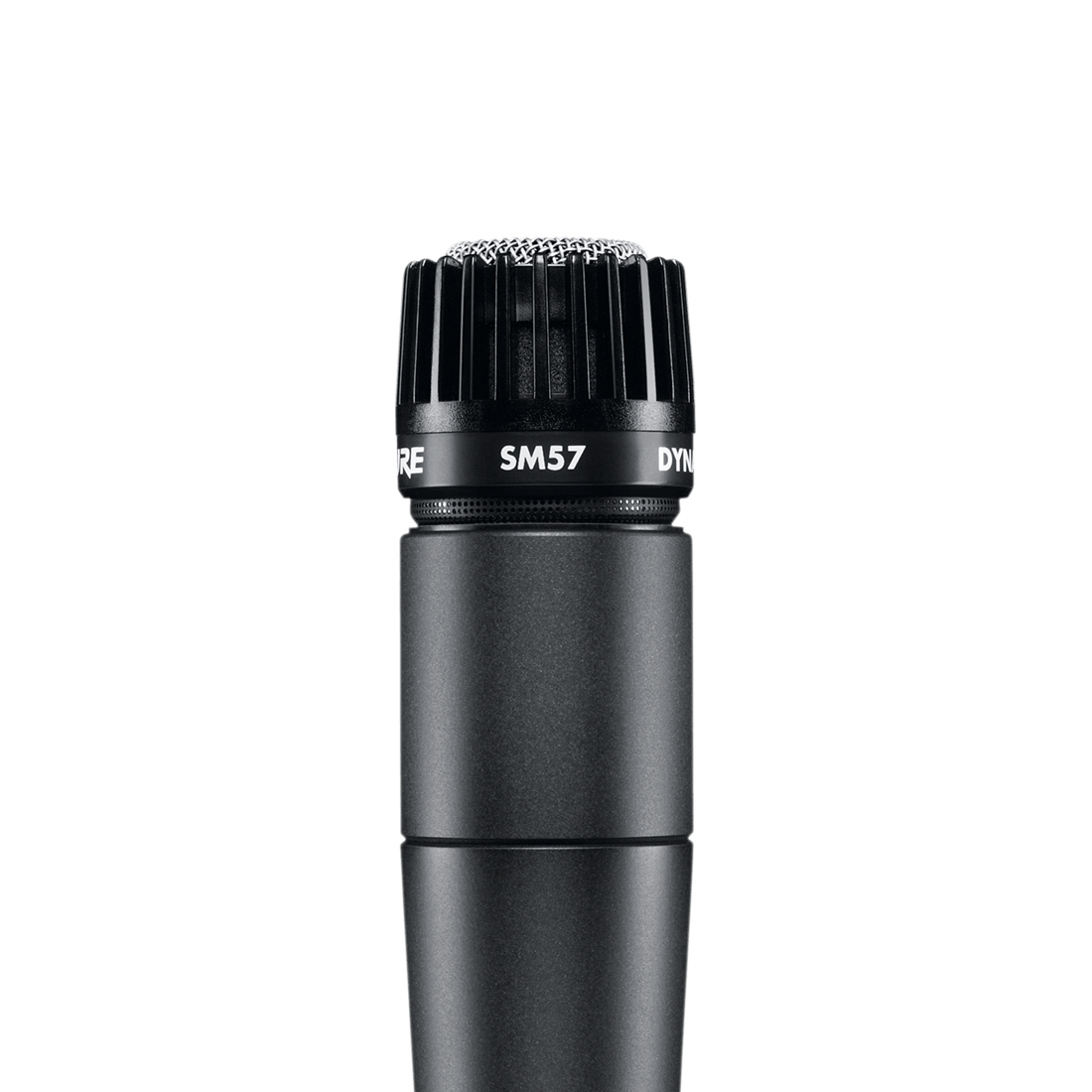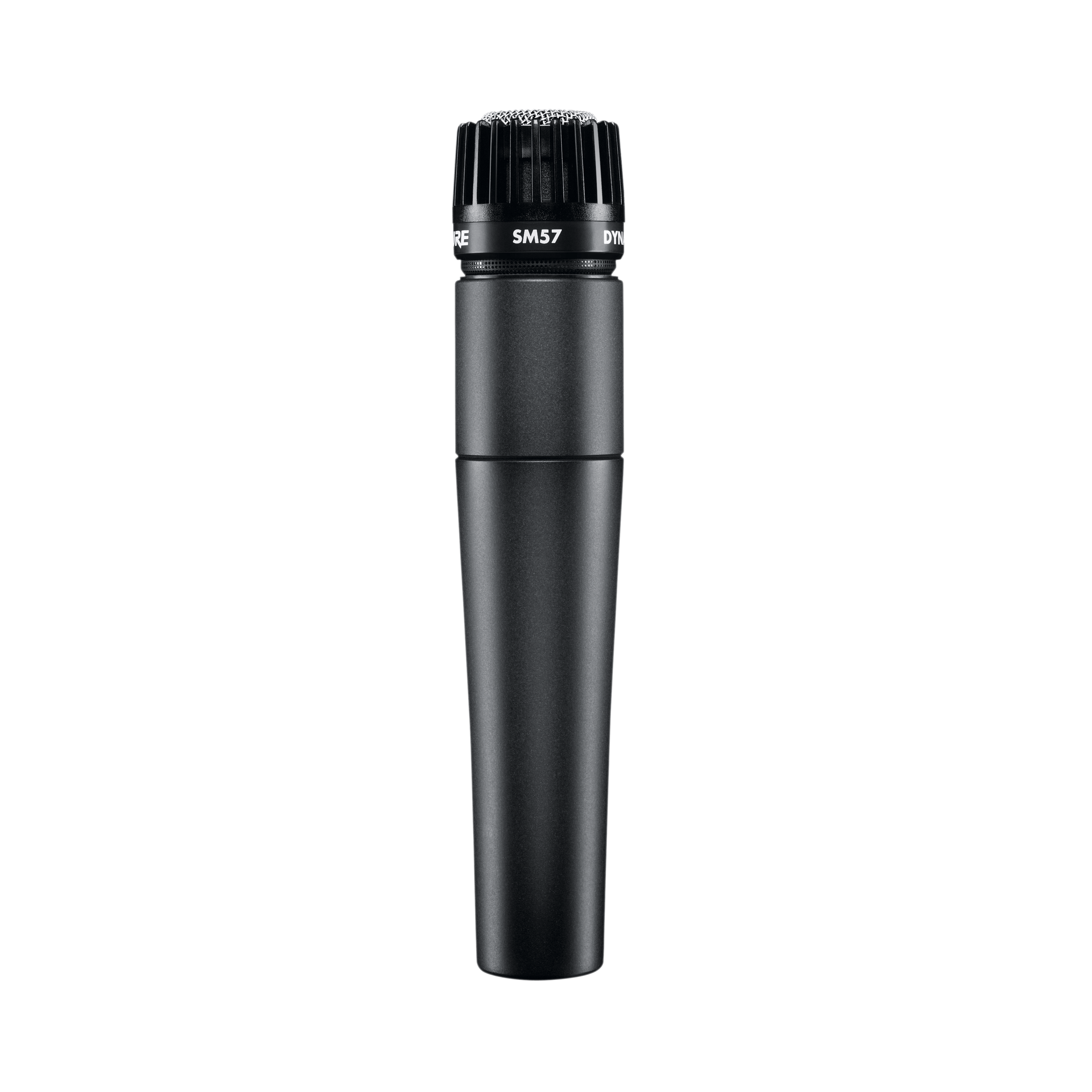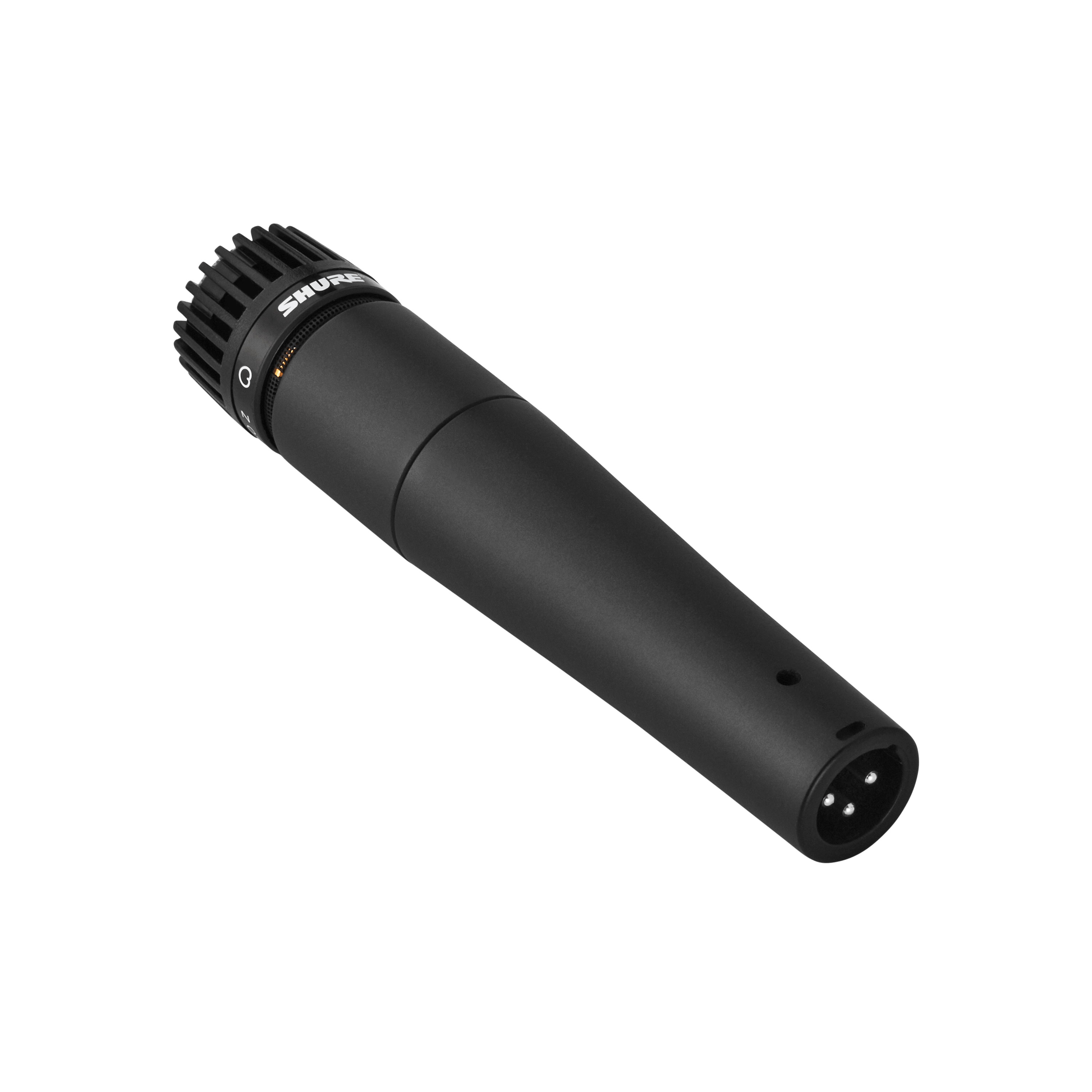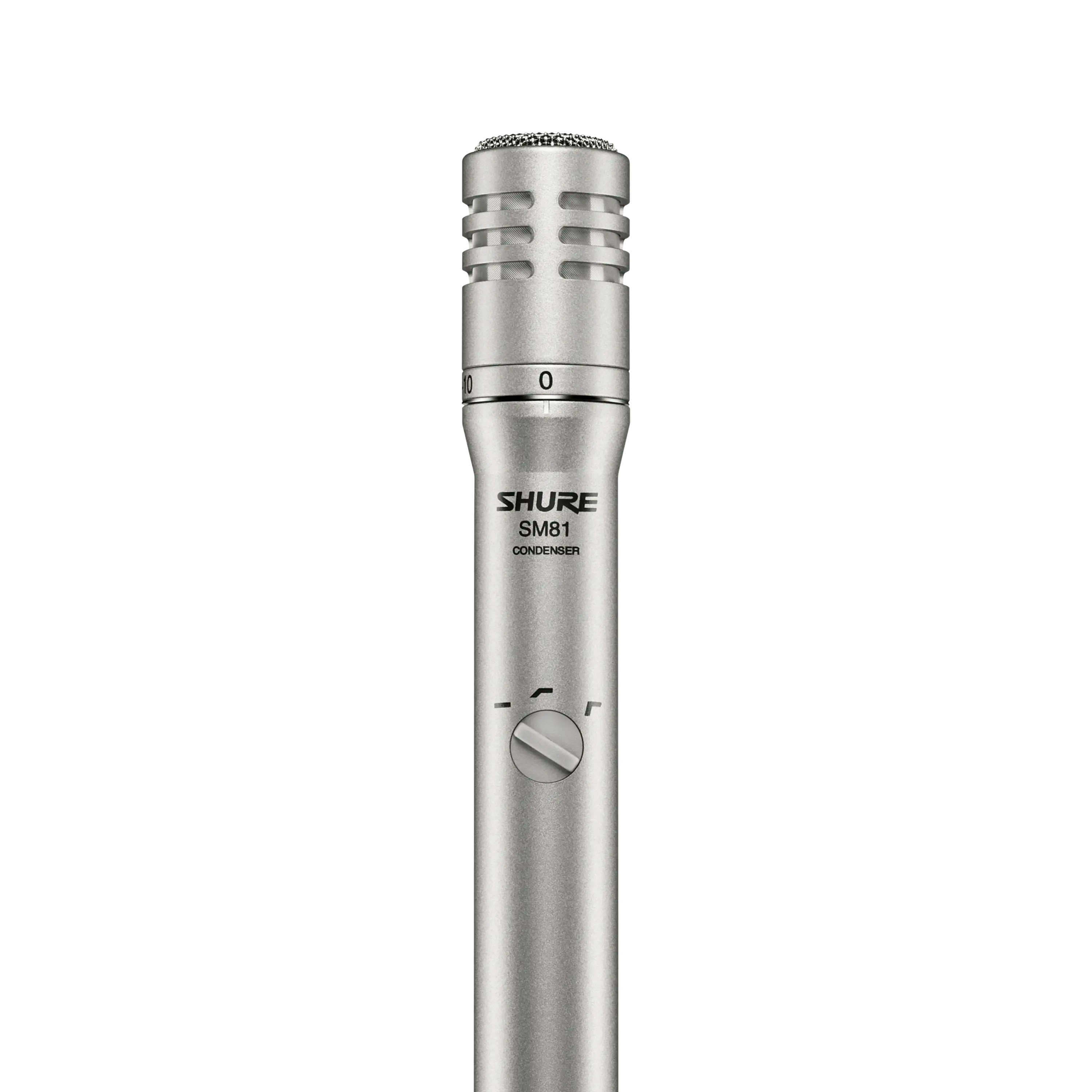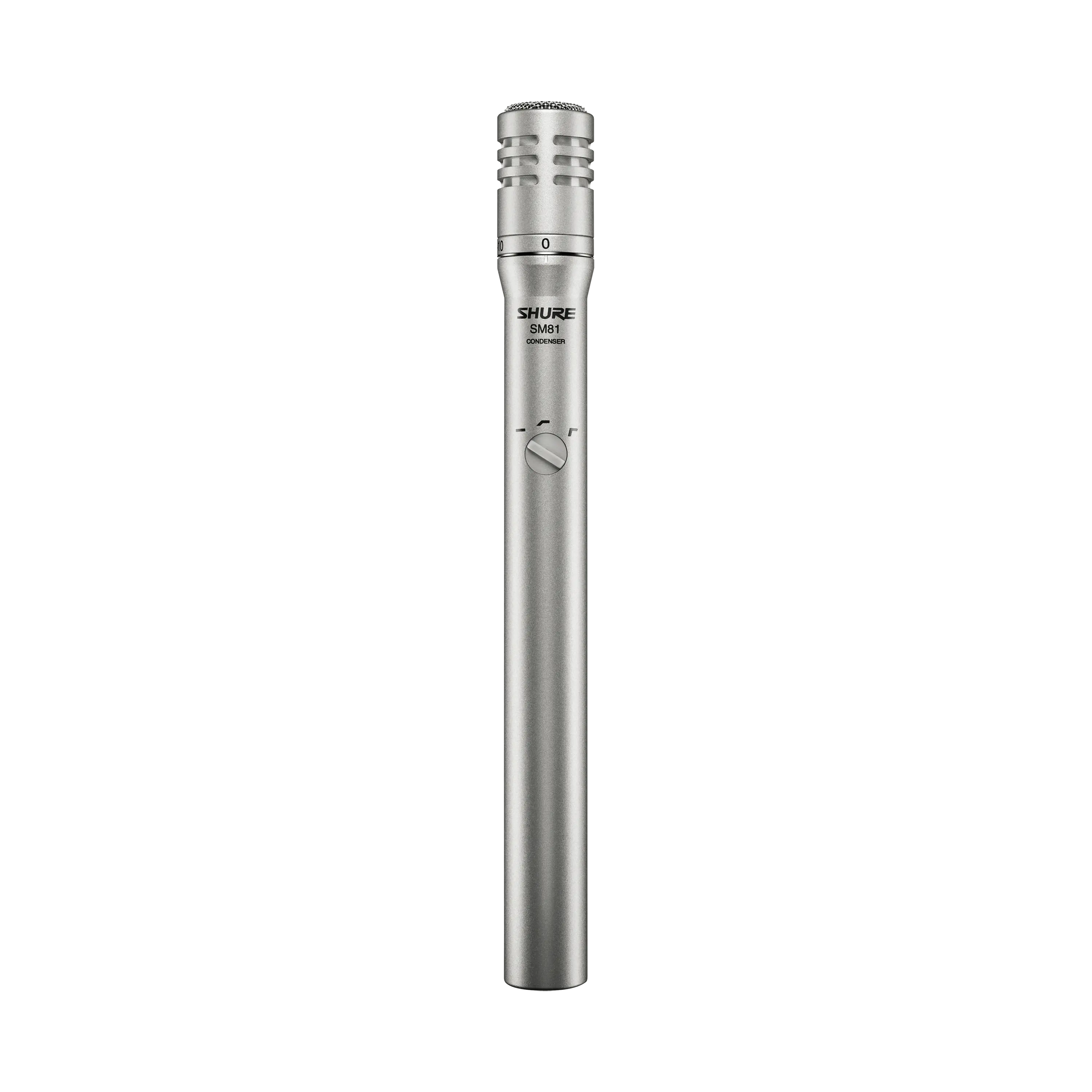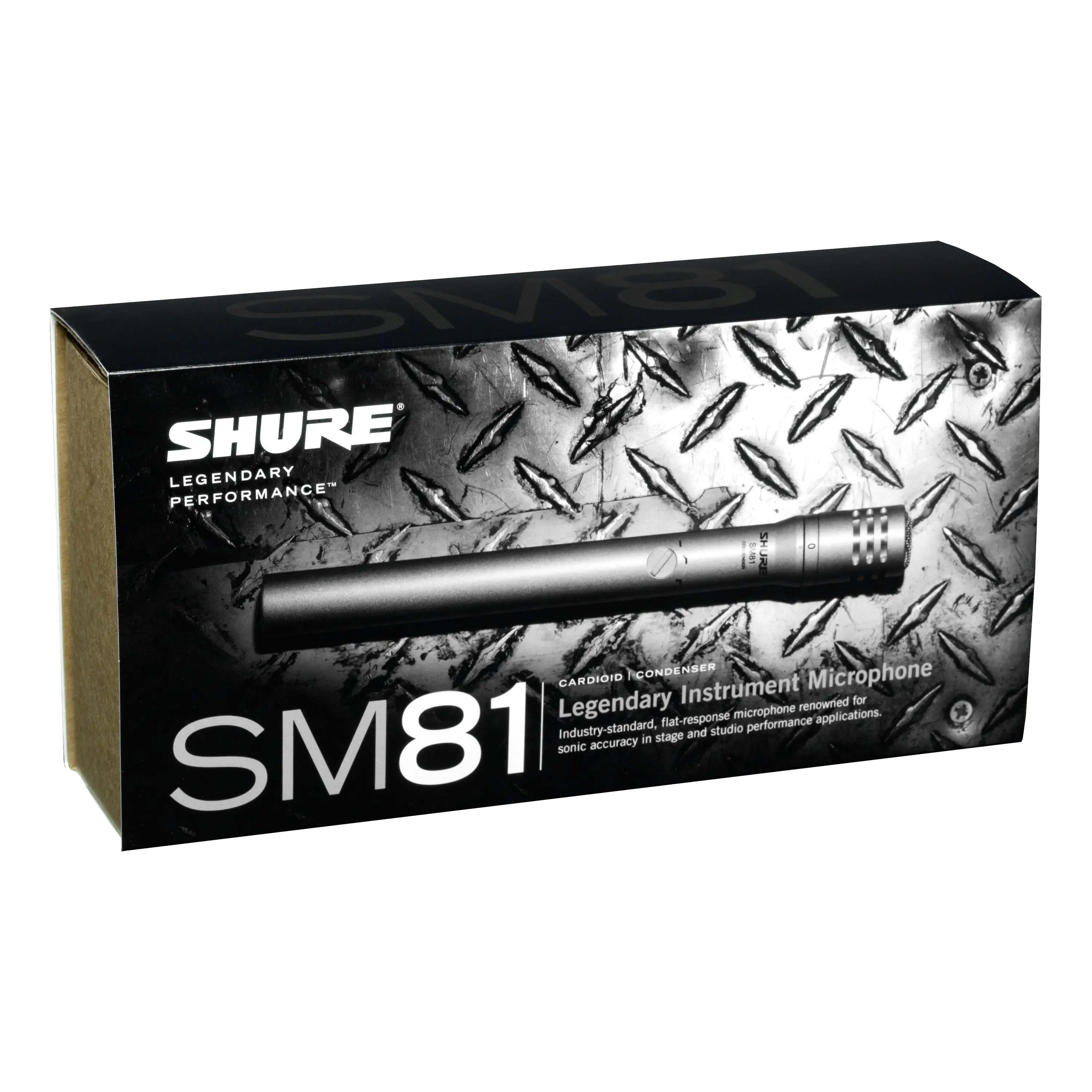Sounding Out Home Studio Acoustics

You can have the best recording equipment in the world, but that won’t matter much if you don’t first sort out your home studio acoustics.
We’ve all been spending a lot more time indoors during the past several months. For most people that has meant painting walls and putting up shelves to spruce things up a bit. But many musicians and content creators have seen our collective lockdown as an opportunity to finally build or upgrade a home studio.
This could entail just adding speakers to your spare room or going full-Abbey Road in your garage. Still, regardless of your project’s scope, there’s one important thing you need to bear in mind: acoustics.
It’s one of those words we hear often enough but might not necessarily understand. We know it generally refers to the sound quality of a specific space, but what actually are “good” acoustics for your home studio and, just as crucially, how do you achieve them?
To answer these questions, I spoke with UK acoustician Nick Whitaker, a man with 30 years’ experience in the business, and the Irish composer Brian Crosby, who has built no fewer than four studios.

“All rooms have some kind of acoustic character. But it isn’t a single reverberation all the time – there will be a variety of frequencies relating to all the different dimensions of your room,” says Whitaker.
“That acoustic character will then be imposed on everything: your voice, the instruments you’re recording, and, of course, the sound you hear when you listen back through your monitors.”
If you’re anything like me – a musician with lots of enthusiasm but almost zero actual knowledge – then you might not even notice the acoustic character of the room. There’s a reason for that, as Whitaker explains: “Your ears will try and neutralize the sound of the room when you’re speaking or playing, so it’s easy to miss. But if you listen back on headphones to a recording of yourself talking, you’ll soon notice it – probably a slightly boxy sound, with a bit of reverb.”
Of course, a bit of reverb might not be such a bad thing – plenty of vocalists have decamped to the bathroom over the years to get just such an effect – but when it comes to listening back to your track this is actually the last thing you want.
“If you are more than 1.5 meters (5ft) away from your monitors then more than 50 percent of what you’re actually hearing is reflections coming back off the walls,” says Whitaker. “Instead of listening to your monitors – which you’ve probably paid a lot of money for – you’re actually hearing reflections, which are a kind of distortion.”
Treatment Needed
The solution to this problem is acoustic treatment. Put simply, treatment is anything you use to soak up unwanted sounds in your room. It can range from bookshelves and photos on the wall, to fabric panels packed with insulation.
But before we get into that, let’s address a basic issue: Where should you sit, and where should you place your monitors? Ideally, you want your speakers near the wall, and then you should sit in front of them.
“Whatever you do don’t sit in the middle of the room – that’s the worst place to be. If possible, sit halfway between the center of the room and the front wall where the speakers are,” says Whitaker.
“And it goes without saying the setup should be symmetrical, so the right speaker must be as far from the right wall as the left speaker is from the left wall.”
Okay, so let’s move onto the acoustic treatment itself, which falls into two categories: stuff that deals with high frequencies (acoustic panels) and stuff that deals with low frequencies (bass traps).
The Soft Stuff
“For the high frequencies the main way we deal with them is through soft fluffy stuff,” says Whitaker. “The sound goes in, gets lost in the little channels within the fluffy stuff, and doesn’t come back out again.”
Rockwool, acoustic foam, carpets, curtains – all of these things work in this way. Furniture and shelves also help, because they break up those higher frequencies.
“The sound frequencies absorbed by the panels depends on the thickness,” Whitaker continues. “If you want to absorb everything down to 100 hertz then you need something 100 millimeter or thicker. You can also use thinner material but leave a gap between the panel and the wall – it has a similar effect.”
However, at this point Crosby – the guy with four home studios under his belt – sounds a word of caution: “Don’t overdo it with the acoustic panels. In my last studio there were a lot of windows, and the way I counteracted it was to put panels everywhere … but then I ran acoustic tests and found there was big dip at around two kilohertz because I’d over compensated. You end up with a room that doesn’t sound natural.”
So ideally you need thick panels (100mm, 4in or thicker), used judiciously. But where’s the best place to put them? I was surprised to discover that it’s not to left or right of where you’re sitting, but actually in the corners. Whitaker explains that frequencies tend to build up in the corners, so that’s the best place to capture unwanted sounds. If you stand by a wall in your studio while music is playing, and move towards a corner, you should notice the sound gets gradually louder.
Crosby concurs: “When I’m working on a studio I always start with big acoustic panels in the corners. I use RW3 Rockwool – which comes in 600-by-1,200-millimeter sections – and put four of them together for each panel. Then I just cover them in linen from Ikea. This works really well.”
If you have a narrow room with a low ceiling (2.3m, 7.5ft or less in either width or height) you may also want to add extra panels to capture early reflections. These panels should be positioned on the sidewalls or ceiling halfway between the speakers and your chair. For a larger room with a higher ceiling, furnishings like bookshelves, plants and pictures should suffice.
Whitaker adds that if you have a pitched roof you can place a panel in the same way as for the corners. As for the back wall, he cautions against placing panels there:
“The sound coming off the back wall isn’t spectrally skewed like it is off the side walls and ceiling, so it shouldn’t cause too many problems. Instead of panels, it’s good idea to make sure you’ve got plenty of ‘stuff’ like shelves and pictures to actually diffuse the energy coming off the back wall, rather than just killing it.”
Trap Time
Let’s get on to the other big problem: the low frequencies. “You’ll get standing waves in your room that vary depending on its dimensions – for example, in a four-square-meter room you might get standing waves around 80 hertz,” says Whitaker.
Low frequencies are not quite so easy to fix as the highs, but fortunately you might not need to treat them at all. If your studio is in a timber framed house or a plasterboard-lined room these materials will absorb a lot of bass frequencies on their own. However, if you’re surrounded by brick or concrete then you might need to take action.
You’ll know if you have a problem because when you’re playing bass guitar or the low keys on a keyboard, you’ll have one or two notes that are louder than all the others – that’s where your standing waves are.
“Running an acoustic test is the best way to identify bass frequency problems,” suggests Crosby. “I’d recommend using an online program [for example, Room EQ Wizard, or REW] to find out where your problems are and taking it from there.”
Sound absorbing panels aren’t really an option for bass frequencies because you need to use very thick material in order to capture them. Instead, you’ve got two choices for trapping the bass: Helmholtz resonators (which look like weird milk bottles) or membrane absorbers.
Whitaker recommends the latter. “I’d stay away from Helmholtz resonators,” he asserts. “As for membrane absorbers, they are rather like an inverted drum. They have a membrane – such as plywood – that vibrates at a certain frequency and cancels out specific bass sounds. They’re not terribly efficient, so they need to have a large surface of several square meters area in order to be effective.”
He also has a warning for those looking for a quick online solution: Pre-made studio kits that you see on the internet use the term “bass trap,” but that’s a bit misleading – most of them only work down to 150 Hz, whereas really you need something that works down to at least 50 Hz.
But actually, correct positioning in the room is the best treatment for bass problems – if you’ve got your speakers and your chair in the right place, your new home studio should be just fine.


